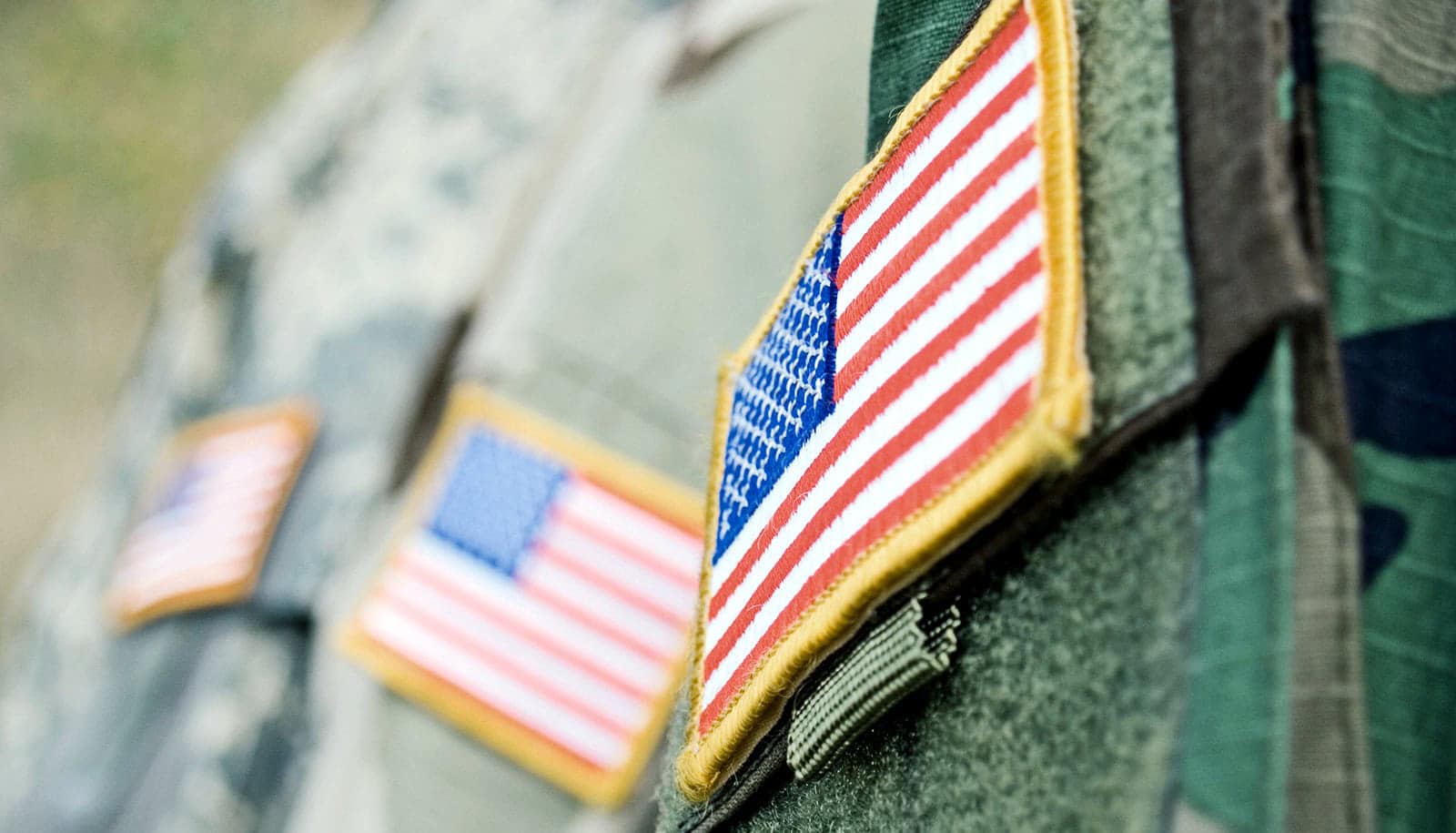State laws legalizing same-sex marriage led to a significant reduction in suicide attempts among high school students and an even steeper decline among gay, lesbian, and bisexual adolescents, research suggests.
“It’s not easy to be an adolescent, and for adolescents who are just realizing they are sexual minorities, it can be even harder…”
State-level same-sex marriage policies enacted before the Supreme Court acted nationwide in 2015 were associated with more than 134,000 fewer adolescent suicide attempts per year, researchers from Johns Hopkins University say.
The study compared states that passed laws allowing same-sex marriage by January 2015 to states that did not enact state-level legalization.
The findings, available in JAMA Pediatrics, show the effect that social policies can have on behavior, the researchers say.
“These are high school students, so they aren’t getting married any time soon, for the most part,” says study leader Julia Raifman, a postdoctoral fellow in epidemiology at the university’s Bloomberg School of Public Health.
“Still, permitting same-sex marriage reduces structural stigma associated with sexual orientation. There may be something about having equal rights—even if they have no immediate plans to take advantage of them—that makes students feel less stigmatized and more hopeful for the future.”
Suicide is the second most common cause of death among people 15 to 24 in the United States, behind unintentional injury. US suicide rates have been rising; suicide attempts requiring medical attention increased 47 percent among adolescents between 2009 and 2015. Gay, lesbian, and bisexual high school students are at particular risk. In the new study, 29 percent of gay, lesbian, and bisexual high school students reported attempting suicide in the previous year as compared to 6 percent of heterosexual teens.
Teens safer in schools with gay-straight alliances
Raifman and colleagues analyzed data from 32 of the 35 states that enacted same-sex marriage policies between January 1, 2004, and January 1, 2015. The researchers used data from January 1, 1999, to December 31, 2015, to capture trends in suicide attempts five years before the first same-sex marriage policy went into effect in Massachusetts. They were able to compare states that did not enact same-sex marriage laws.
State same-sex marriage legalization policies were associated with a 7 percent reduction in suicide attempts among high school students generally. The association was concentrated in sexual minorities, with a 14 percent reduction in suicide attempts among gay, lesbian, and bisexual adolescents. The effects persisted for at least two years. The states that did not implement same-sex marriage saw no reduction in suicide attempts among high school students.
Despite the large reduction in suicide attempts, gay, lesbian, and bisexual high school students still attempt suicide at higher rates than straight peers.
“It’s not easy to be an adolescent, and for adolescents who are just realizing they are sexual minorities, it can be even harder—that’s what the data on disparities affecting gay, lesbian, and bisexual adolescents tell us,” Raifman says.
Rural LGBT young people want these 4 kinds of support
Gay, lesbian, and bisexual adolescents are also at increased risk of substance abuse, depression, and HIV, she says. Schools and medical providers must understand that students who are sexual minorities are at higher risk and be on high alert, she says.
While Raifman found that legalizing same-sex marriage appears to be positively associated with reducing suicide attempts, policies that take away rights or add to stigma could have the opposite effect.
Support for the work came from the National Institute on Aging, the National Institute of Mental Health, and the Maternal and Child Health Bureau of the Health Resources and Services Administration.
Source: Johns Hopkins University



